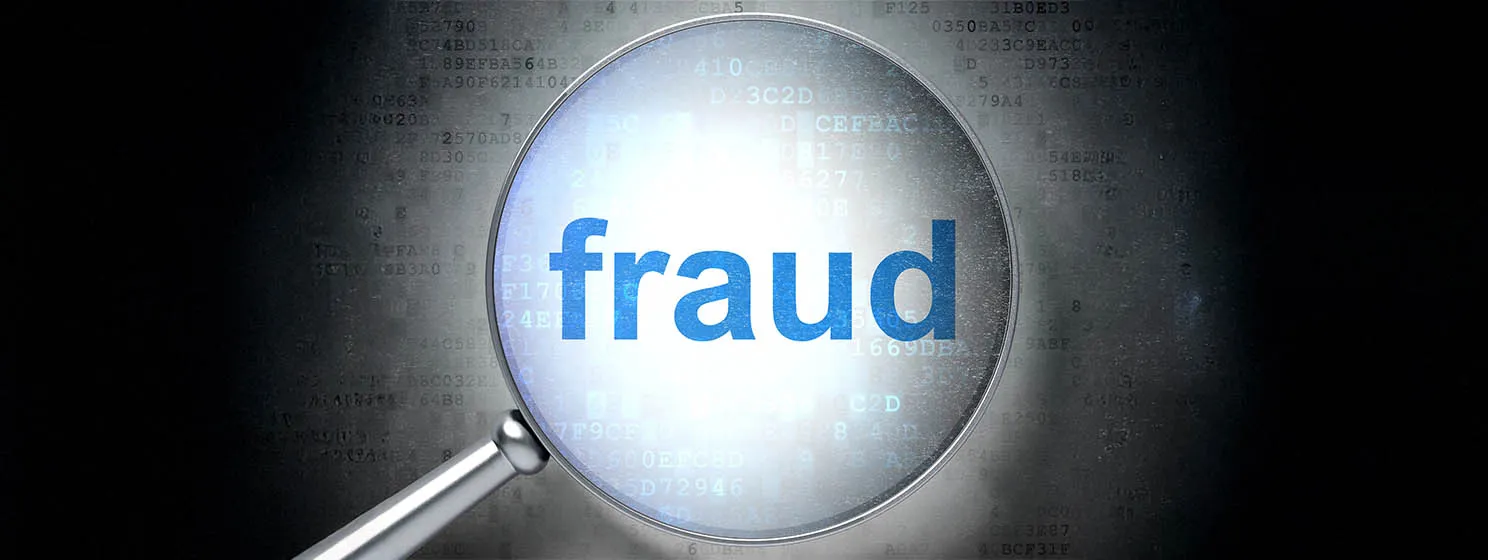|
Getting your Trinity Audio player ready...
|
As it continues to try to thwart efforts by the U.S. Securities and Exchange Commission (SEC) to have it halt operations, Telegram has published a new white paper on the technical intricacies of its Telegram Open Network (TON) blockchain. The SEC has accused the social messaging company of illegally selling securities through the GRAM cryptocurrency for building TON and ordered Telegram to halt development, but the company is determined that the project should move forward, even if it’s at a slower pace than expected.
According to the new white paper, which was published (in pdf) on February 3, TON is based on a “Byzantine Fault Tolerant” protocol that was designed for the blockchain. That protocol, the Catchain Consensus Protocol, has been optimized for TON and covers two main functions of the network. It is designed to facilitate low-level operations, as well as be used as a high-level block consensus protocol, per the author of the paper, Nikolai Durov.
The developers behind TON have been working on the blockchain for a while, running it on a testnet since last spring. The white paper was initially going to be released last October; however, the ongoing battle with the SEC has forced resources to be used elsewhere, and less attention had been given to continued development. Even though things had slowed down, it didn’t stop and the protocol that is being used as the basis for TON now is the same as it was since testing began.
The white paper indicates that, in December of last year, testing was completed on “up to 300 nodes distributed all over the world” and that “it achieved consensus on a new block in 6 seconds for 300 nodes and in 4–5 seconds for 100 nodes.” The results indicated that “the TON Blockchain is able to generate new blocks once every four to five seconds, as originally planned.”
The timing of the release of the white paper is pertinent, as the SEC has accused Telegram of not actually working on any tangible product. The financial regulator asserted that the company had not developed a network and that it had not presented any concrete evidence to support its creation. As the SEC is accusing Telegram of not fulfilling its responsibilities related to the purpose of the GRAM offering, the company rightfully pointed out that it is “the SEC’s burden to prove that Grams will be securities, not Defendants’ burden to prove their technology works.”

 07-02-2025
07-02-2025 





